Our Favorite Multi Use gear
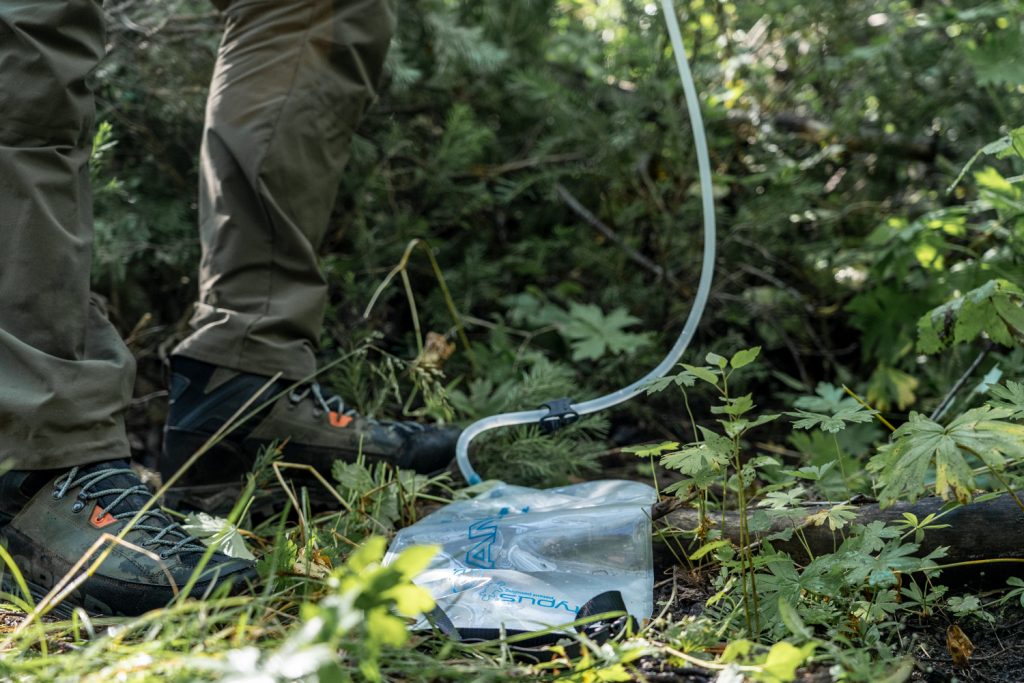
Good, quality gear is supposed to make our outdoor pursuits more comfortable, easier, and more efficient. Most hunting gear is designed with a specific use case in mind, so as we embark on different adventures and our needs vary slightly (or drastically) from one trip to the next, we’re going to accumulate lots of different types, brands, sizes, and weights of gear items. One of the huge benefits of modern gear is that it does what it is designed to do very well, but it may only be good for accomplishing that one task or filling that specific niche. Finding gear that can be useful in multiple scenarios for different situations and tasks can save you money, space, and weight in your pack.
The Multi Tool
To start off, let’s go over one of my personal favorite pieces of gear that does so many things: my Leatherman. I always have it with me, doesn’t matter if I’m hunting, hiking, checking trail cams, in Alaska, or at work, I’ve always got it with me. My personal favorite model of Leatherman is the Skeletool. It’s very basic in what it provides, but it’s come in handy more times than I can count. It’s got needle nose pliers, wire cutters, a knife, Philips and flat head screwdriver bits (two sizes of each), and a bottle opener. What I’ve found to be most useful in the field are the pliers so that I can access and move things that my fingers are not small enough/strong enough for, the screwdriver heads for tightening loose screws, and the knife. All of this functionality weighs only 5 ounces and has a built-in clip so I can slide it right onto my pocket and not worry about losing it. I have a friend who used to guide in Colorado. When he started working at the outfit, he was the only one that had a Leatherman, and some of the guys would poke fun at his ‘leather tool’ as they called it. But after seeing how useful it was in so many situations, he said by next season, every other guy in the outfit had a ‘leather tool’ in their pocket and no one made fun of him anymore.

Trekking Poles
Another gear item I never leave home without are my trekking poles. Their main use is obvious, and they’ve saved me from serious injury multiple times, but they can also be used in various shelter systems. They’re very useful for digging out tent spots and hanging things off of to dry. Just realize that if you do get a shelter system that requires trekking poles to pitch, you’ll either need to leave your poles at camp with the shelter, find a stick (or sticks) to keep your shelter up in lieu of your pole(s), or take your shelter down.
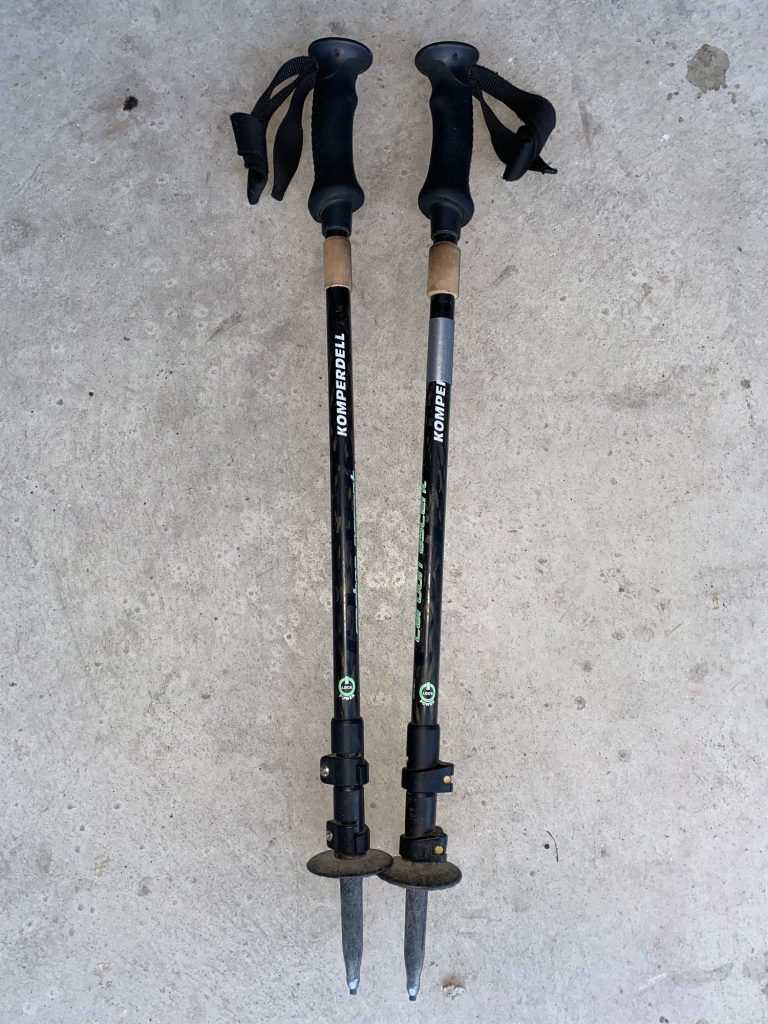
Tarps
A lightweight tarp is another great piece of gear that can have multiple uses. It can be used to create a dry area to stand or sit under at camp, it can be used to protect you from the elements while you’re exposed on the mountain, and it can be used as extra protection for your shelter. Sometimes a sheltered dry area to stand in at camp can make a world of difference.
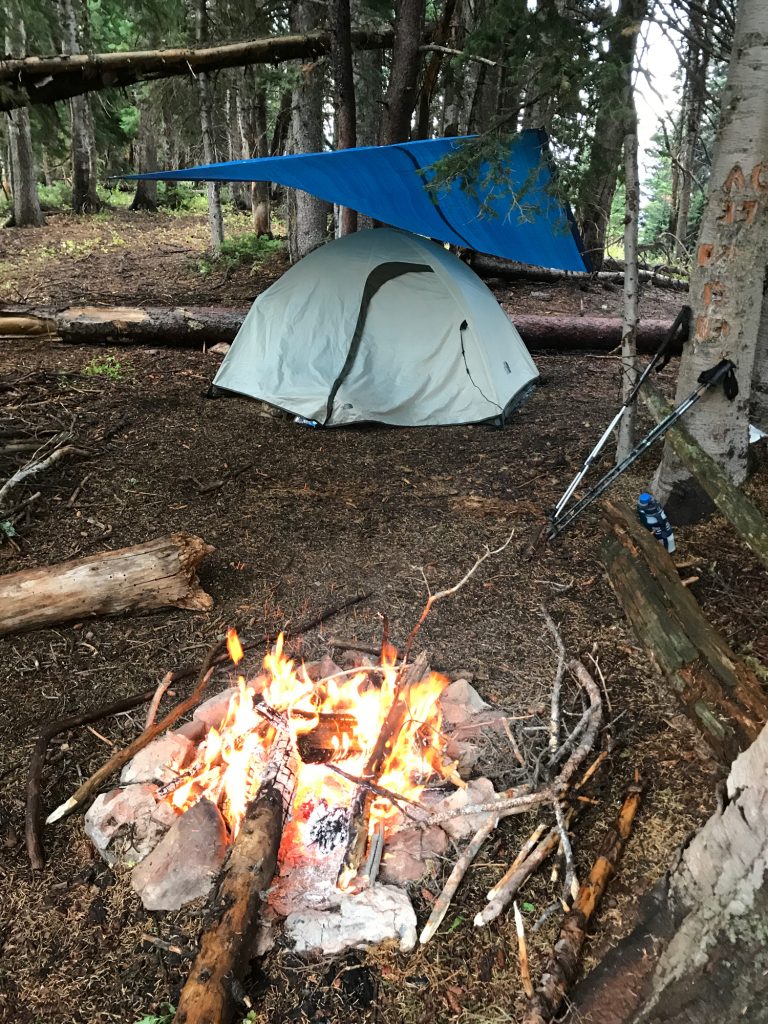
Headwear
A bandana or neck gaiter can be useful in several different situations. Personally I have enjoyed using one when it’s cold and windy. They also work great to protect your neck, face and ears from the sun, and from bugs. They can be used as a hot pad when handling a hot mug or pot, and you can use them as a washcloth to clean things (or yourself) if needed. If you’ve ever gone 10 days plus in the woods without a shower, you probably know exactly what I’m talking about!
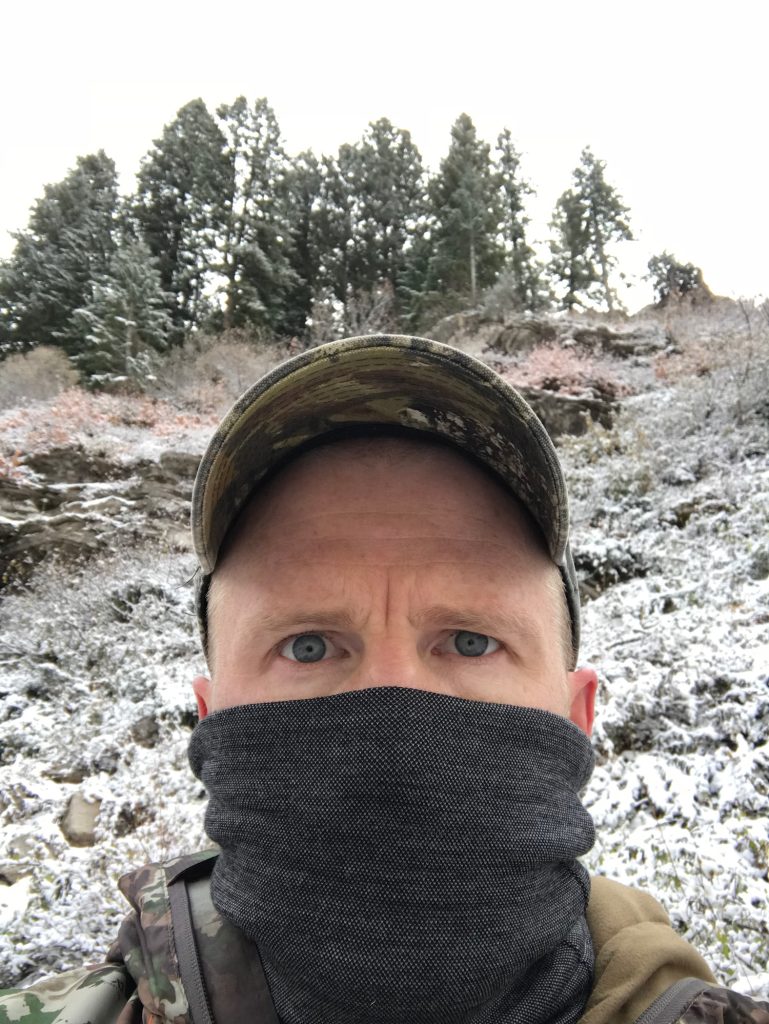
Tape
Another personal favorite of mine is tape, specifically a brand called Leuko Tape. It has saved my feet from blisters many, many times. Moleskin can’t hold a candle to Leuko Tape when it comes to preventing blisters and hot spots. I stopped using Moleskin because whenever I would use it on my feet and then start hiking, it would never stay where I wanted it to and would end up being pretty much useless. Moleskin just isn’t sticky enough and hence doesn’t stay in place very well. I always carry Leuko Tape with me now. It is also perfect for fixing things around camp, like a broken tent pole or a ripped tent fly, because it is such strong tape. If you look further up at the picture of my trekking poles, that’s Leuko Tape wrapped around each of the poles below the handle. I used to take it with me wrapped on my poles like that, but recently I decided to stop carrying it that way because I realized it lost a decent amount of stick from being peeled off the role and wound around my pole, and then peeled off again for use. Now I just carry a partial role with me in my pack or first aid kit.
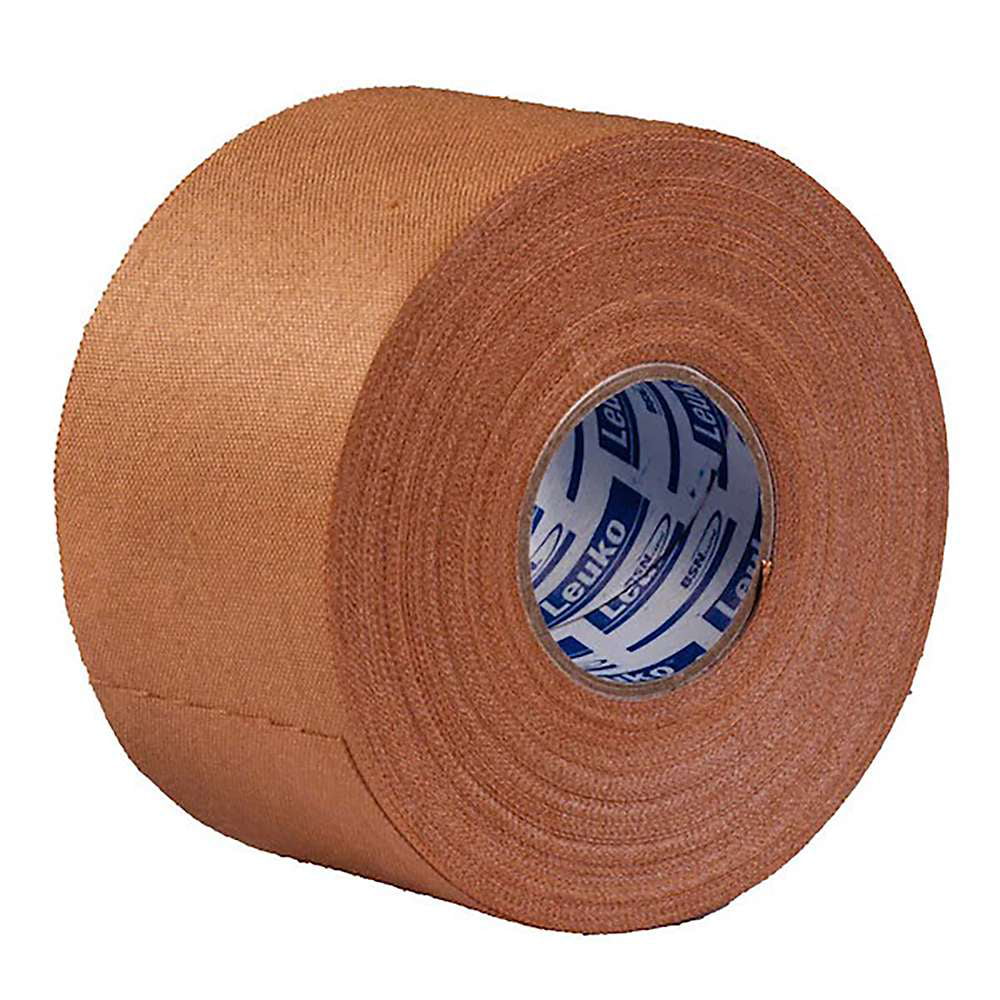
Other Examples
Other examples of gear that can fill multiple uses include pots which can be used for cooking food and eating out of, preparing hot drinks, purifying water for drinking, or catching rain water. A dry bag can be used as a stuff sack to compress gear and keep it dry, and it can also be used as a pillow when stuffed loosely with something soft like clothing. Insulated clothing, like a down jacket, is one of the most valuable pieces of gear out there in my opinion, and can be used to sleep in to effectively increase the warmth of your sleeping bag. This can allow you to get away with a lighter weight sleeping bag if desired. Something a friend of mine does when we go on hikes in the summer is he’ll wrap a cold drink in his down jacket and put it in his pack. I’m always impressed by how cold it keeps his drinks. Insulated clothing isn’t just good at keeping heat in, it also keeps cold in too.
Let’s not forget about a piece of gear we all have that we are rarely without: a phone. Phones can be used for navigation, digiscoping, taking photos to document and remember each experience, success photos, reading books and watching movies to pass the time, and communicating with loved ones and friends. Even if you don’t have service, you can pair your phone with a messaging device like an InReach to send and receive messages.
Conclusion
Last but not least, the most versatile piece of gear at our disposal is common sense sprinkled with experience and ingenuity. Nothing can replace your common sense, and experience in the woods and with the gear you own will hone your skills and help you to really dial in the gear you will need on each adventure, and what additional benefits and uses it can have in different situations (like using your tripod to hang your gravity filter from when there are no trees around).


1 Comment